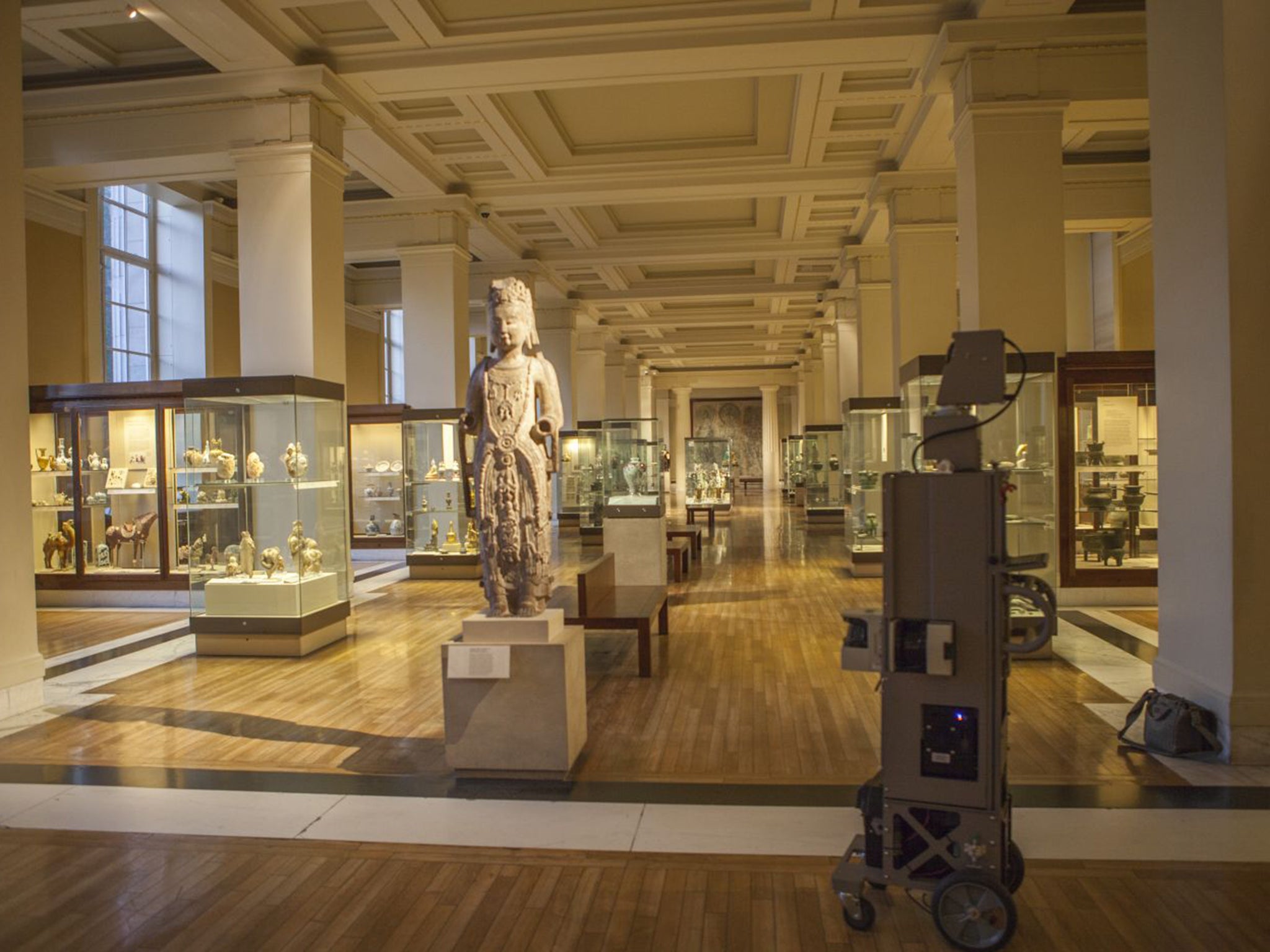Google Street View to allow people to explore the British Museum online
Footage will allow history enthusiasts to explore all 85 galleries and the treasures they contain through the internet

Your support helps us to tell the story
From reproductive rights to climate change to Big Tech, The Independent is on the ground when the story is developing. Whether it's investigating the financials of Elon Musk's pro-Trump PAC or producing our latest documentary, 'The A Word', which shines a light on the American women fighting for reproductive rights, we know how important it is to parse out the facts from the messaging.
At such a critical moment in US history, we need reporters on the ground. Your donation allows us to keep sending journalists to speak to both sides of the story.
The Independent is trusted by Americans across the entire political spectrum. And unlike many other quality news outlets, we choose not to lock Americans out of our reporting and analysis with paywalls. We believe quality journalism should be available to everyone, paid for by those who can afford it.
Your support makes all the difference.History enthusiasts put off by the British Museum’s notorious crowds can now beat the crush by navigating the institution’s halls from the comfort of their own home.
Google has created Street View footage to allow people to explore all 85 galleries and the treasures they contain through the internet. It is the largest indoor space captured with the technology.
Neil MacGregor, the outgoing director of the British Museum, said it would not replace going to the museum but offer a different experience and “allow you to see the collection more closely than if you visit on a busy Saturday.
“The museum was set up with an Enlightenment fantasy that it could be a museum for the whole world. This is a really big step in making an 18th-century dream a reality.”
It took 15 months to film the permanent galleries out of opening hours, during which time they had to replace many of the light bulbs to make sure the collection looked as good as possible.
The partnership with the Google Cultural Institute, a not-for-profit branch dedicated to digitally preserving cultural material, has also involved photographing nearly 5,000 objects for people to view closely online. “If you just put the objects up online, it’s a bit like a library catalogue,” Mr MacGregor said. “This allows people to wander around and explore them.” These include one of the museum’s most important Chinese scrolls, the Admonitions Scroll from the fourth century.
Join our commenting forum
Join thought-provoking conversations, follow other Independent readers and see their replies
0Comments